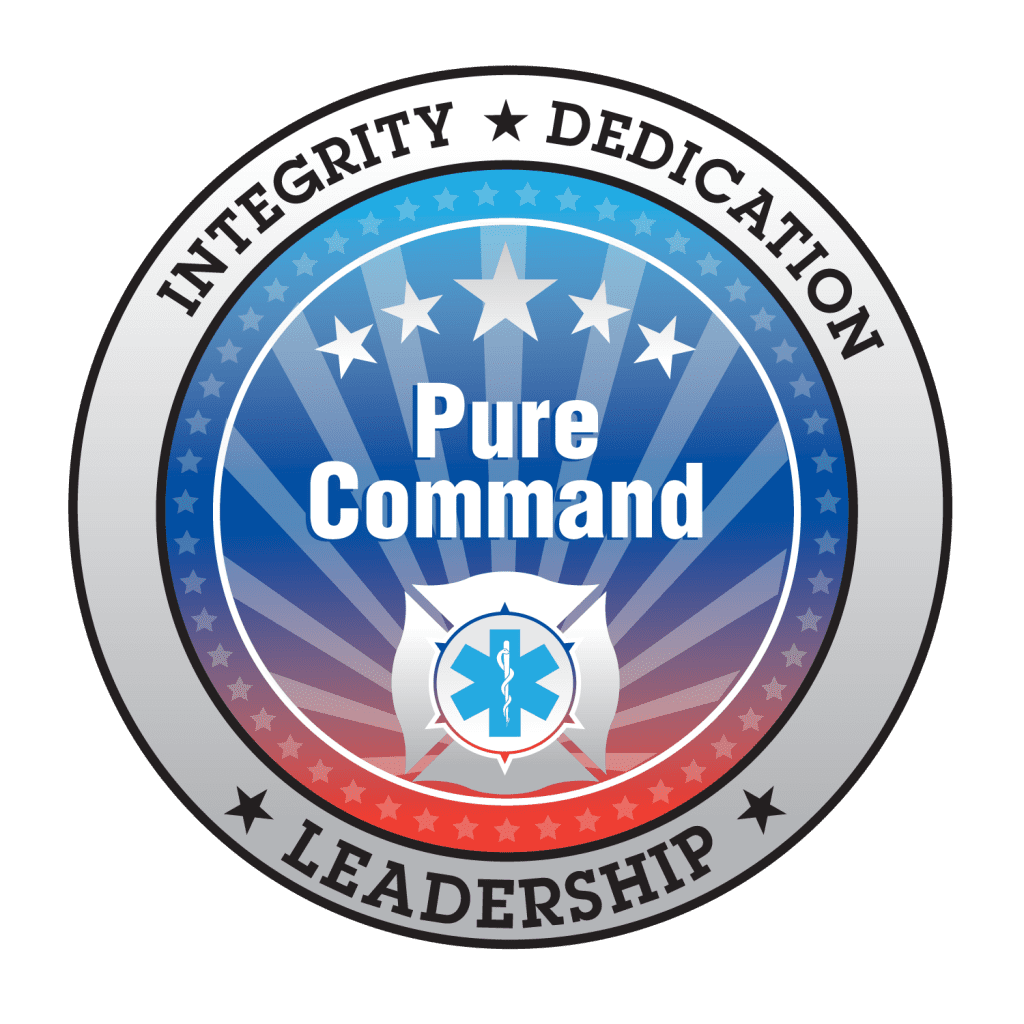In the 1960s, structure fires were a common occurrence in large urban cities. As a result of evolution of the fire code, technology, and fire suppression tactics, fires are no longer the daily part of many firefighters lives. In Los Angeles, the rate of structure fires has fallen significantly. In 2011, the LAFD responded to 8,099 structure fires for the entire year – and that includes small fires like “food on the stove” and “dryer fires.” That computes to an average of 22 structure fire responses daily. By comparison, in 1962 the LAFD responded to more than 50 structure fires daily.
With fewer fires, there are fewer opportunities to gain experience. As any seasoned fire officer knows, there is no substitute for experience. 25 years ago or more, a firefighter in a large metro area could expect to fight two or three fires a day, with at least one being of greater alarm size. Today, firefighters posted to the same stations may experience one fire in a work segment, and perhaps one greater alarm fire a month.
So, how to firefighters gain experience to be prepared today?
The answer, in part, is accurate and time-sensitive simulations. There are a multitude of simulation software applications, and that is well and good. The key for “experience” driven simulations is to include people in the process. One of the social issues facing first responder agencies of all types is the insular attitude expressed by millennials (Generation Y). These young people have grown up with video games. To them, experience and expertise can be developed in a few days. After reaching level 1 million in Halo, game players have a difficult time grasping the concept of year over year experience.
So, the key with simulations is to create an experience wherein one person is dependent on another to meet the objectives of the simulation. Put multiple persons into a “dispatch” room away from the sim. Allow them to interpret via video feed and radio transmissions how the sim is progressing. They can dial in additional sideways events, or dial back the severity of the sim incident, creating additional opportunities for the importance of real-world sims to sink in with anyone not facing real fire emergencies on a daily basis.
For those taking the sim exercise, give them people issues to deal with. Create radio problems, rescues, add in RIG or RIC and maydays. Drive the sim forward using an incident clock. Push. It’s amazing to see how quickly even a seasoned Chief can find him or herself going sideways during one of these exercises.
The net result is that a sim doesn’t replace a working structure fire. Nothing says “right now” than arriving on scene of a center hallway multi story apartment with fire thru the roof. But a sim is better than nothing, and it creates the memory pattern of following standard operation guidelines. The key is to help fire officers remember what to do when faced with a real emergency, so at least they won’t watch the incident unfold, but will take action and mitigate the emergency.



